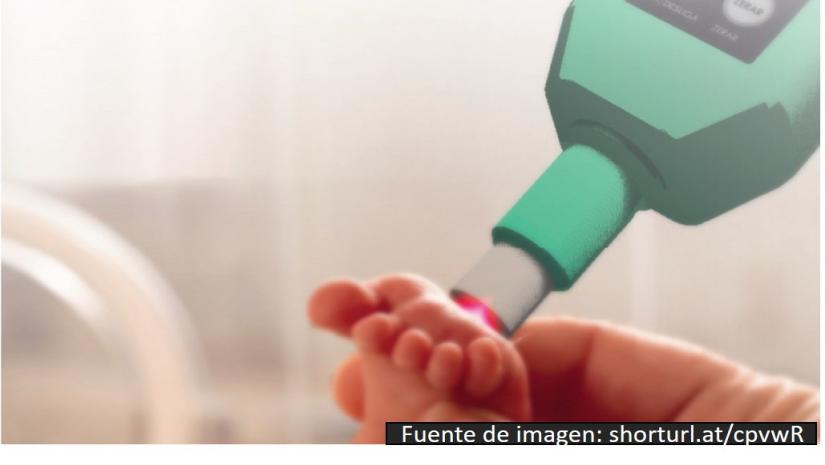Preemie-Test – Detecting Gestational Age Using Light
Infants born prematurely need special medical care to survive their first days of life. But how can we determine if a child is premature in order to provide him or her with this care in a timely fashion? The methods currently used to determine gestational age (that is, how advanced the pregnancy is) are not only expensive but also have a margin of error of up to three weeks. Although that may not seem like a long time, it can make all the difference for premature infants. Preemie-Test is a low-cost technology that aims to reduce the margin of error when calculating gestational age. This innovative solution, which is being developed and tested in Brazil, uses light to estimate how far along the pregnancy is according to the maturity of the skin of the newborn. The device is a non-invasive solution that is easy to use and transport and has the potential to enter the market.
Problematic
Gestational age and the weight of the newborn child provide us with crucial information to care for the needs of premature babies and ensure their survival. However, the World Health Organization reports that in 2015 approximately 1 million children died from complications associated with premature birth – lives that could have been saved with adequate care. In contexts of low resources and without access to ultrasound examinations, determining gestational age is a difficult and still imprecise task. It is difficult to determine if a newborn is premature and what the most appropriate medical care should be.
Solution
Preemie-Test is a simple device that measures the maturity of the baby’s skin using its reflection in the light, which allows for determining the child’s gestational age.
Evaluation and Impact
Researchers have found an association between the reflection of the skin in light and gestational age. In order to continue exploring the effectiveness of this intervention, two clinical trials are in the progress. One of them has the support of Brazil’s Ministry of Health and is being conducted on a sample of 800 babies in five hospitals in the country. The other clinical trial is being conducted on a sample of 200 babies in two other centers in Brazil, one in Mozambique, and another in Portugal. It is hoped that when the studies are concluded there will be a new portable, reliable, effective, and cost-accessible device to evaluate the gestational age of infants born to mothers whose pregnancy chronology is in doubt or unknown.
